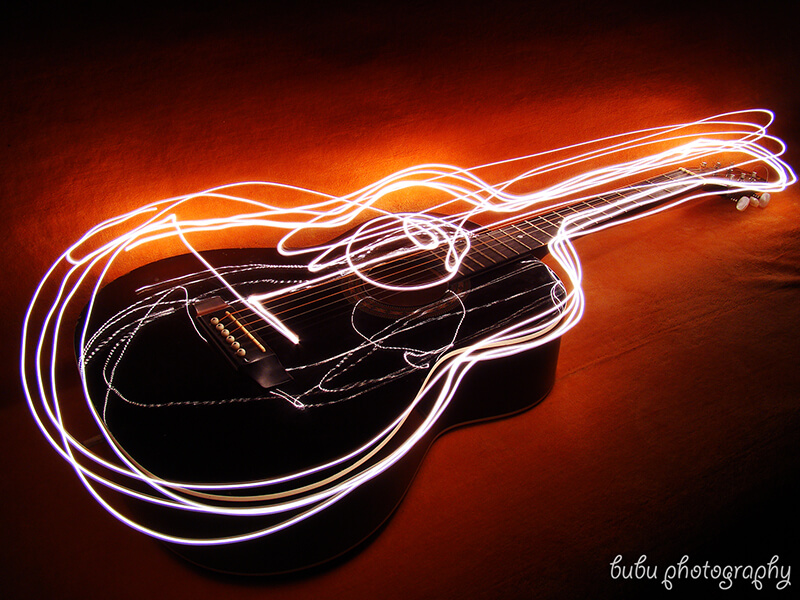


Using light to control neural activity holds promises for much improvement since genetics has developed the tools to make specific structures light sensitive. This technique is used to treat many conditions and for theses indications it can already be classified as a well–accepted clinical treatment. Applied to peripheral ( Bhadra and Peckham, 1997) or cranial nerves ( Ben Menachem and French, 2005), the spinal cord ( Francois et al., 2017), the cochlea ( Rajguru et al., 2010), the retina ( Nirenberg and Pandarinath, 2012) as well as to the brain ( Rossi et al., 2016). Closely related to DBS is another electrically-based therapy called neuromodulation. At present, DBS is an established therapeutic option for a variety of neurological diseases, such as Parkinson's disease ( Beitz, 2014), essential tremor ( Børretzen et al., 2014), dystonia ( Lumsden et al., 2013) and obsessive-compulsive disorder ( Greenberg et al., 2010). Readers are directed to the historical survey by Sironi (2011) for further information. Deep Brain Stimulation (DBS) originates from the advancement of the sterotactic surgical techniques, which allowed the transition from lesional to stimulating technique of the deep nuclei of the brain for therapeutic purposes.

Therapeutic use of electricity dates back to antiquity. The present review examines Parkinson's disease and refractory epilepsy as use cases for possible optogenetic stimulation therapies. Interestingly, it is also very much the neuro technology developed around optogenetics that offers the most promising tools to fill in the existing knowledge gaps about brain function in health and disease. Despite a rapid accumulation of observations about patho-physiological mechanisms, it is still mostly serendipity and empiric adjustments that dictate clinical practice while more efficient logically designed interventions remain rather exceptional. Some technical issues still limit the long term use in humans but realistic perspectives quickly emerge. New paths could be opened toward a rich panel of clinical applications. This brings about the possibility to transfer this technology into the clinic as a possible alternative to DBS and neuromodulation. Recent advancements of viral vector technology for gene transfer substantially reduce vector-associated cytotoxicity and immune responses. Optogenetics has experienced tremendous progress since its first in vivo applications about 10 years ago. Optogenetics, in contrast, offers the perspective of much more selective actions on the various physiological structures, provided that the stimulated cells are rendered sensitive to the action of light. On the other hand, the current practice of DBS is hampered by the relatively coarse level of neuromodulation achieved. The focal action of electrical stimulation can yield better responses and it exposes the patient to fewer side effects compared to pharmaceuticals distributed throughout the body toward the brain. 4Environment, Health and Safety, Imec, Leuven, Belgiumĭeep Brain Stimulation (DBS) has evolved into a well-accepted add-on treatment for patients with severe Parkinsons disease as well as for other chronic neurological conditions.3Life Science and Imaging, Imec, Leuven, Belgium.2Neuroscience Research Flanders, Leuven, Belgium.1LCEN3, Department of Neurology, Institute of Neuroscience, Ghent University, Ghent, Belgium.Jean Delbeke 1, Luis Hoffman 2, Katrien Mols 2,3, Dries Braeken 3 and Dimiter Prodanov 2,4 *


 0 kommentar(er)
0 kommentar(er)
